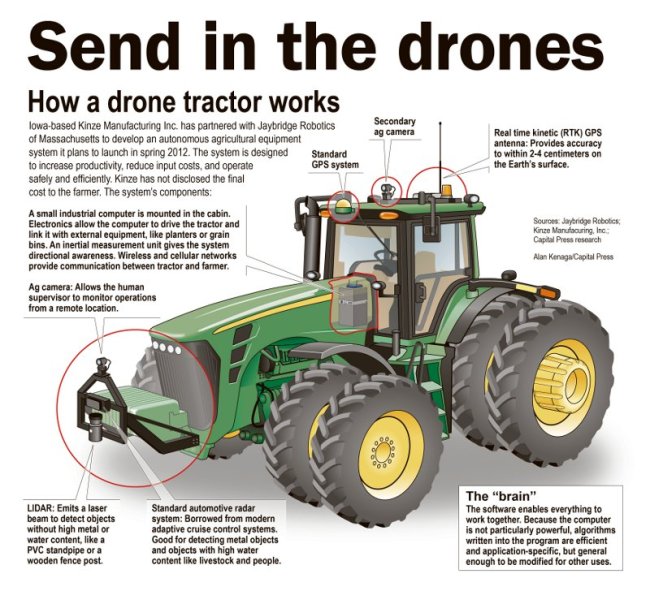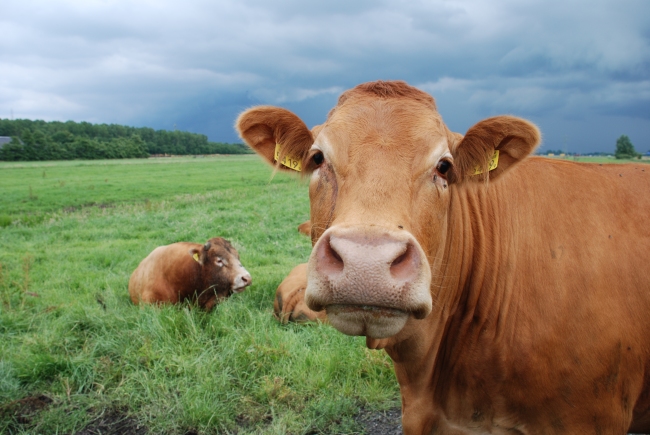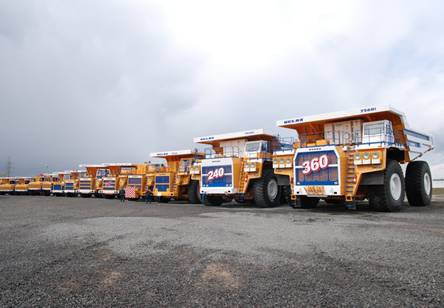OTR Tires are one of the hardest working category of tires and proper maintenance, selection and use of these tires improves performance, safety, and most importantly-reduces vehicle’s downtime!
Off-the-road tires are designed for mining, roadwork, forestry/ timber hauling and construction jobs. Always consult the manufacturer or an experienced OTR Tire Expert before using these tires for any other uses. Improper handling, maintenance and driving habits can damage these costly tires, increasing the operating cost of your equipment
The following are recommendations/ tips on OTR Tire usage:
Proper Tire Selection
When purchasing a tire, look for the design that best suits the job or application. “Tire size and Ply Rating should be determined after weighing the loads on each wheel according to accepted procedures. Generally, it is recommended to choose the tire that carries the load with the lowest inflation pressure. After selecting the tires and mounting them do not overload the vehicle, for example, by adding sideboards”

Load And Inflation Pressure
Maintaining the correct inflation pressure at all times will give you the best results from your tires. This is true for almost any type of tire. Keep in mind that it takes tires up to 24 hours to cool after completing a job. because of this, it is recommended that you check and adjust inflation pressure after long breaks or weekends.
- Tire pressure should be checked every month, and occasionally during the work day. When checking during work times, make sure you take into account that heat build up will raise the pressure up to 15 PSI. If inflation pressure exceeds the additional 15 PSI, you should reduce the load or the driving speed
- Never lower inflation pressure by bleeding. This only increases heat build-up
- Cover all valves with caps to prevent dirt penetration or valve-core damage
- Load and inflation pressures should be determined according to length of the haul. “When the haul exceeds 5 Miles, round-trip, consult the tire manufacturer.” Maintaining the haul road can significantly increase the life of a tire
- It is permitted to use regular skid depth tires without dry ballast in transit, on the condition that the following rules are carefully observed:
The vehicle must be unloaded during transit
Maximum highway speed must be limited to 30 MPH. For wide-base tires, the speed is 20 MPH
Proper inflation pressure must be checked and maintained according to manufacturer’s instructions. A minimum one-hour midday stop should be observed during full day operation
Proper Driving Techniques
To get maximum performance from off-the-road tires, it is important to use proper driving habits. Avoid things like: chuck holes, strong spinning, sudden starting or breaking maneuvers, high speed cornering, and locking one wheel for sharp turns. Any of these maneuvers can harm your tires and shorten their working life.
Mounting and Dismounting of OTR Tires
It’s also recommended that correct mounting and dismounting procedures. It is important to take all safety precautions. Remember, many severe accidents result from carelessness in mounting or dismounting
Mounting/Dismounting Safety Tips:
“Before mounting the tires on the vehicle, check the wheels and rims and make sure that the vehicle is in perfect mechanical condition. Upon completion of the mounting process, check the clearance between the wheel and the vehicle all around. For duals, install a permanent rock ejector to prevent damage from wedged rocks.”
“Duals should not vary in their overall diameter, more than ¼” for tires of up to 8.25” cross section, and ½” for tires with cross section of 9.00” and above. If this is not adhered to, the larger tire is likely to fail prematurely. Never try to make up for larger differences by changing the inflation pressure”

Proper Tire Storage
Avoid storing tires for more than a few months. Store in areas that are dark, cool, and free of dirt and oils. try to store as far as possible from running electric engines
Content Copyright © 2009 – 2010 by Devesh Dabas. All rights reserved.








